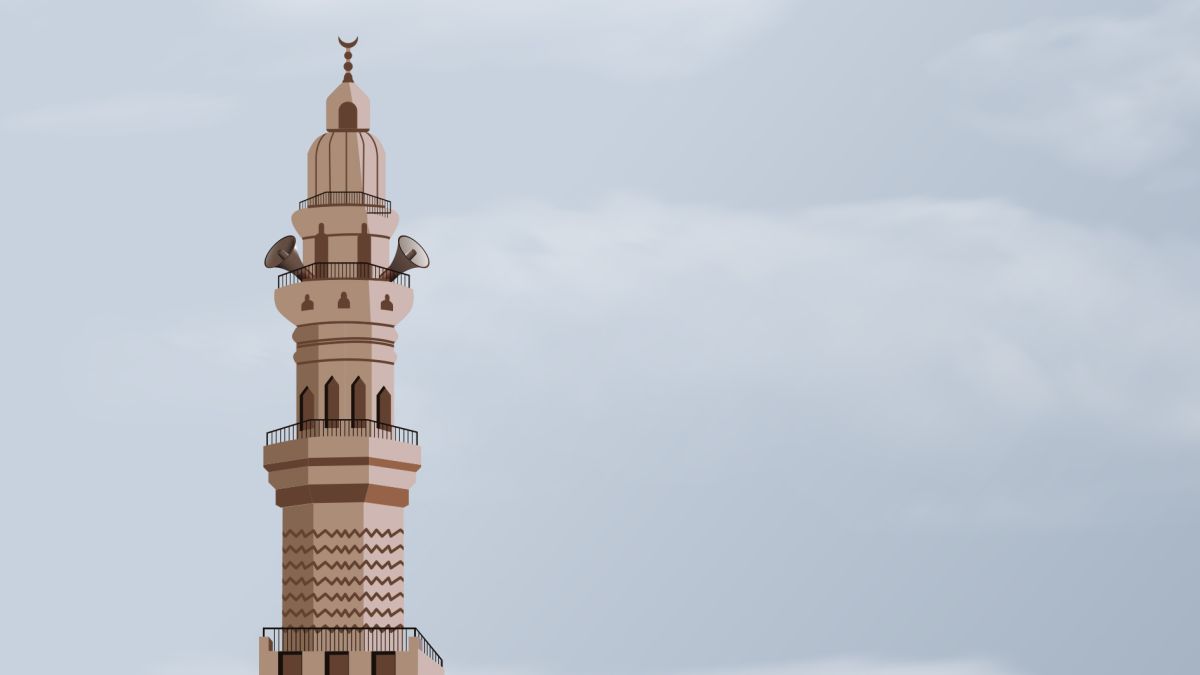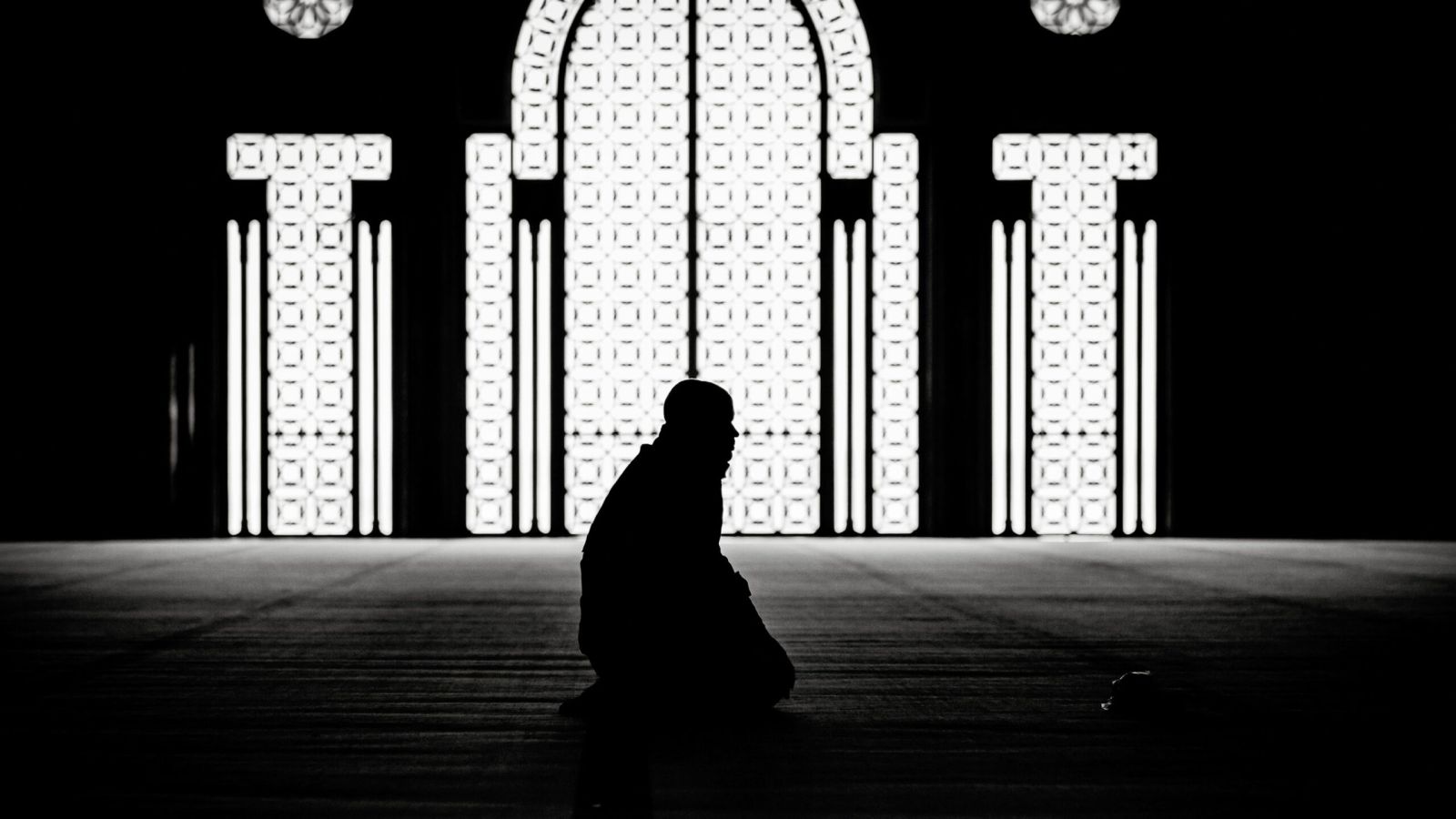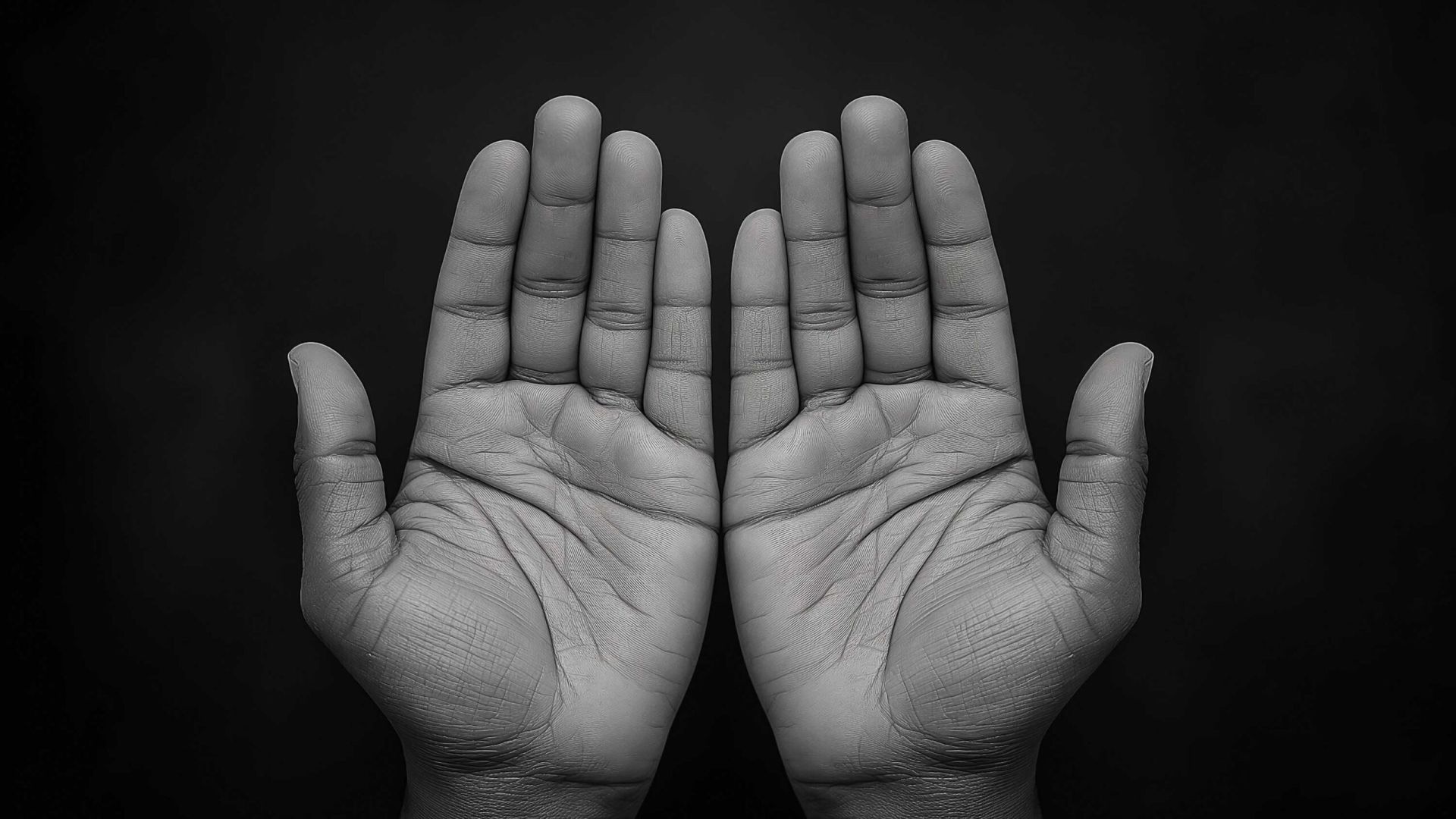The Issue of Minarets upon the Mosques
Shaykh Muḥammad Naṣir al-Dīn al-Albānī


I did not come across that which clearly shows that the prophetic adhān was on the minaret, except that which preceded in the ḥadīth that it was above the entrance of the masjid. So from what is apparent, is that it (the adhān) was called upon the roof, above the entrance. And what supports this claim from that which is well-known is that Bilāl, the one who would call the prophetic adhān on the day of Jumuʿah, had something to climb upon in order to call the adhān.
Our Shaykh mentioned from al-Shāṭibī (in al-Iʿtisām), and those that quote from them that the prophetic adhān was called from the minārah (minaret). Likewise, it was quoted similarly from Ibn al-Hāj, (in al-madkhal). However, he (Shaykh al-Albānī – raḥimahullāh) was not pleased with that statement, and he said (in al-Ajwibah an-Naafi’ah page 33-35) under the title: “Was there a minaret in the time of the Prophet (ﷺ)?”
al-Albānī commented, “I did not come across that which clearly shows that the prophetic aẓan was on the minaret, except that which preceded in the ḥadīth that it was above the entrance of the masjid. So from what is apparent, is that it (the aẓan) was called upon the roof, above the entrance. And what supports this claim from that which is well-known is that Bilāl, the one who would call the prophetic aẓan on the day of Jumuʿah, had something to climb upon in order to call the aẓan.
In the Ṣaḥīḥ of Imām al-Bukhārī, al-Qāsim Ibn Muḥammad narrated from ‘Aa’ishah that Bilāl would call the aẓan in the night, so the Messenger of Allāh (ﷺ) said, “Eat and drink until Ibn Umm Maktūb calls the aẓan, surely he does not call the aẓan until the time for fajr enters.”1 al-Qāsim said, “There wasn’t between their aẓans except that one was rising and the other was descending”
Then our Shaykh said in the previous book,2 “In summary, that which I hold in this topic is that it has not been established that the minaret was known to be part of the masjid at the time of the Prophet (ﷺ). In conclusion, the aẓan in that time was made from a raised place above the masjid, climbed upon, as mentioned previously. From that, it is likely that the climbing that was mentioned was only at the back of the masjid, and it is also likely that it was upon something that was (raised) above the back of the masjid. As comes in the ḥadīth of Umm Zayd, in either two situations, that which we take to be correct is that the minaret which is known today is not from the Sunnah in any way, however, that which is the intended meaning of it, a conveyance (call to prayer) is a legislated affair without a doubt. If the conveyance (call to prayer) cannot take place except by it, then at this point, it is legislated, as is found in Uṣul al-ʿIlm:
If that which is wājib cannot take place without it, then it, itself, becomes obligatory, to the extent of what’s needed.
However, my opinion is that the presence of microphones or (other) conveyance tools of today frees us from the (need for) minarets, especially since it (the minaret) is expensive (and burdensome). Its construction under these circumstances, considering it is an innovation, and having that which frees us from needing it, is not legislated. Because what’s found in it of extravagance and wasting money, and that which shows with irrefutable proofs, that it has become something of no benefit. Verily, the muʿaẓinīn (callers of the aẓan), never ascend it and are not in need of it because of the amplifiers.
Endnotes:
[1] Al-Bukhārī (4/110)
[2] al-Ajwibah al-Nāfiʿah page 33-35
Most Popular: Last 30 Days















